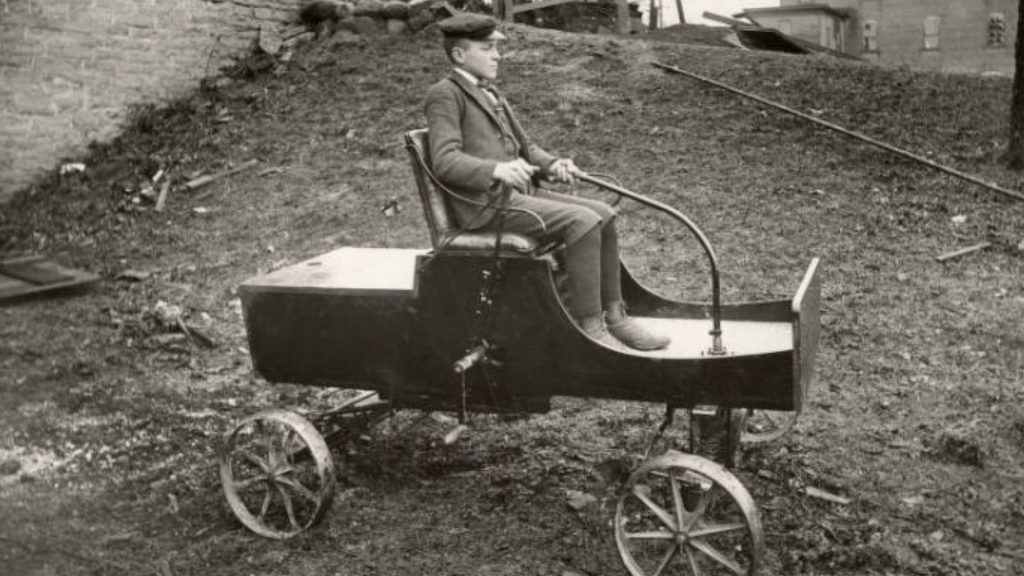03 June 2022
Most people have not heard of Ralph R Teeter, and yet his contribution to the motor industry was immense, made even more incredible because he was blind.
Best known as the man that invented Cruise Control.
Fuel and tyre rationing during WWII was enforced by a national speed limit of 35 mph. That originally got him thinking of how to help people maintain a constant speed over long distances. In the early days, the ‘Speedostat’ (Ralph hated the name ‘cruise control’ as suggested by Cadillac later) featured a dashboard-mounted speed selector.
Ralph wasn’t born blind; he lost his sight due to a knife accident when he was five. He came from a strict religious family who refused to let Ralph feel sorry for himself. He learned to do what everyone with sight was capable of, including driving a car and graduating from the University of Pennsylvania in 1912 with a degree in mechanical engineering.
He worked in the family engineering business, operating a raft of potentially dangerous equipment, including lathes and grinders. Because of his blindness, he had an innate capacity to listen to a running engine and diagnosing problems, resulting in consultancy work within the motor industry and motorsport.
He worked for the American Navy; Ralph’s highly developed sense of touch proved its advantage in developing a technique for balancing steam turbine rotors used in torpedo-boat destroyers. Dynamic balancing of significant components had puzzled others before Ralph solved the problem.
The invention of cruise control made people wonder how much further vehicles could be automated. Fast forward to today, and we are on the verge of driverless cars.
His daughter said he was always tinkering in the basement at night, with the lights off. He was allowing his mind to work on all kinds of problems.
The man had an unceasing desire to improve the quality of life for everyone around him, which he did.
His ethos is, ‘You are not handicapped so long as you can think logically.’

